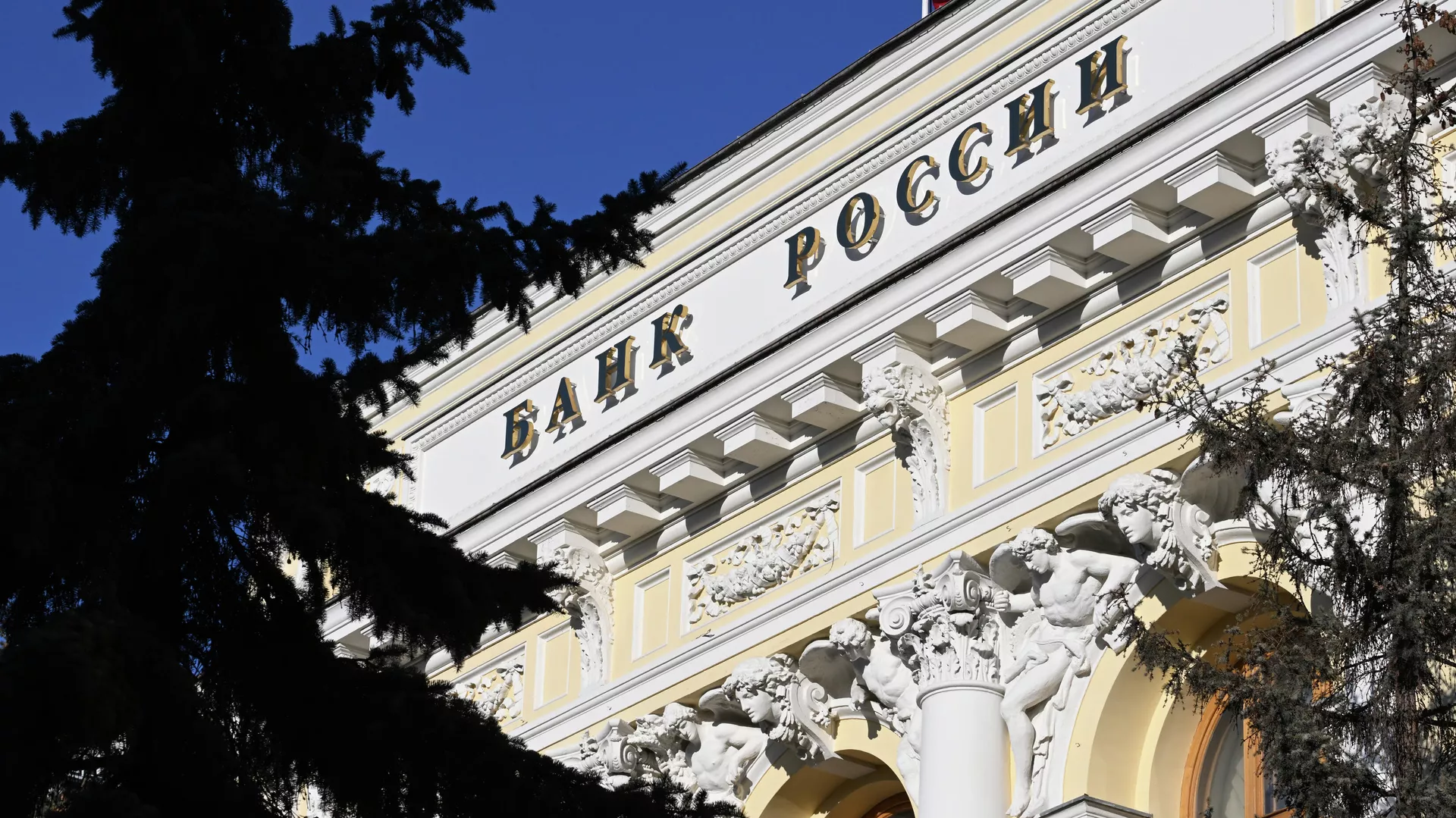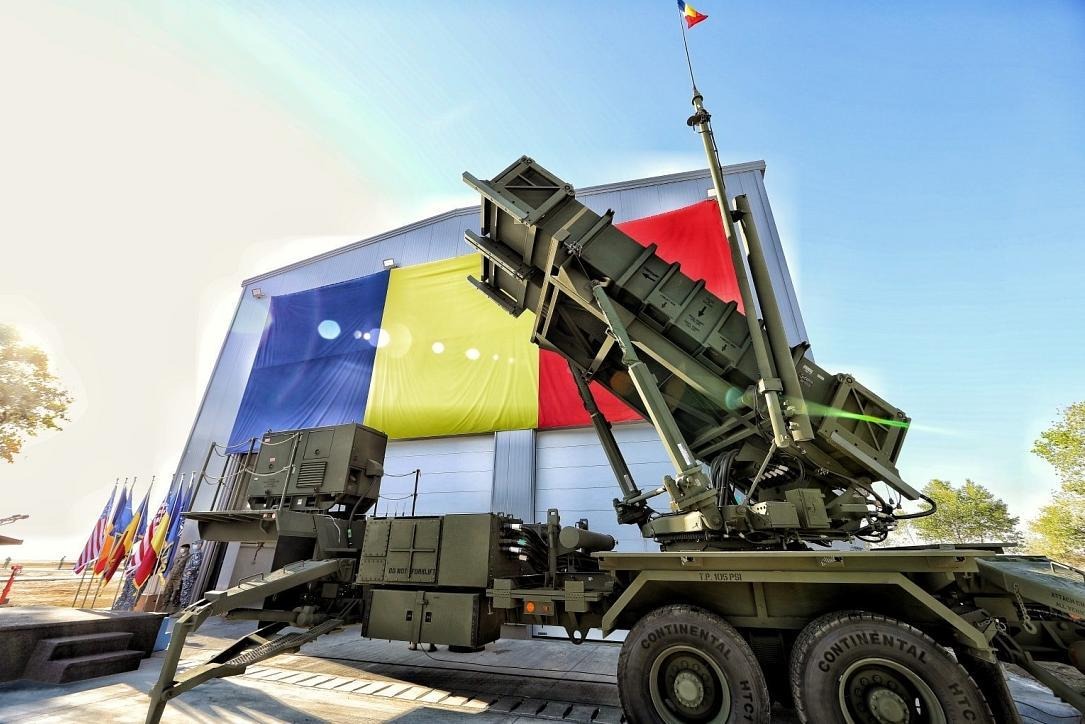
Russia Faces Increasing Troubles Financing its War Against Ukraine
Russia Faces Increasing Troubles Financing its War Against Ukraine
Executive Summary:
- Russia faces a severe economic crisis, with inflation rates significantly exceeding official figures. Efforts to combat inflation through high interest rates have slowed economic growth and investment, leading to risks of an economic downturn.
- The Kremlin is prioritizing war funding at the expense of economic stability, exacerbating inflation and underfunding crucial sectors such as healthcare and infrastructure. Social spending is disproportionately allocated to veterans and military needs, fueling public discontent.
- Russia is struggling with outdated military-industrial capacity and declining arms exports, highlighting the urgent need for modernization. This is difficult to achieve amid economic slowdown and resource reallocation to sustain the prolonged conflict in Ukraine.
The ruble has dropped to its lowest value since the beginning of Russia’s war in Ukraine in February 2022, valued at 113 rubles to one dollar as of November 27 (The Moscow Times, November 26, 27). Inflation in Russia continues to rise and cannot be denied even by pro-Kremlin sources. Independent economists note that the goals of maintaining convincing rates of economic growth and macroeconomic stability have become incompatible in Russia. To continue Russia’s war against Ukraine, Moscow must sacrifice economic stability at the risk of creating widespread discontent among their citizens (see EDM, October 29; Re-Russia.net, November 20).
In the spring, certain independent sociological surveys showed that 54 percent of respondents considered rising prices in Russia a more important problem than the war and terrorist acts (Levada.ru, April 9). Today, pro-Kremlin Telegram channels acknowledge this (T.me/Russica.ru, November 19). Officially, inflation stands at 8.5 percent, although even pro-Kremlin media admit that the real inflation figures are much higher, with the real rate thought to be around 15.3 percent, and judging from the weakening ruble exchange rate, it will only grow (Finam.ru, November 19).
The Central Bank’s main tool for slowing price growth is to increase the prime rate, which currently stands at 21 percent, and the Central Bank has hinted at a further increase (Russian Central Bank, October 25; Kommersant.ru, November 19). In turn, economic experts confirm that even considering the measures taken, reaching the desired 4 percent inflation per year will not be possible, even by 2026 (Forbes.ru, November 5). Likewise, independent observers note that the extremely high prime rate has already led to an economic slowdown. The Central Bank’s operational statistics show that economic activity was lower than average in October for the third quarter. Experts at the Center for Macroeconomic Analysis and Short-Term Forecasting warn that “in the near future, Russia is threatened by an economic downturn and a collapse of investments” (Forecast.ru, November 12).
Against this backdrop, the confrontation of Russia’s “war party,” which advocates maintaining economic growth at any price, with the “party of strict credit policy” is intensifying. Experts predict that a “war party” victory is guaranteed, and as a result, the head of the Central Bank, Elvira Nabiullina, must accept that the government will abandon the goal of containing inflation (Re-Russia.net, November 20). Criticism of Nabiullina is growing, not only in radical-patriotic circles but also in relatively “moderate” sources, including some close to the presidential administration. The Telegram-Channel Nezygar blames Nabiullina for her methods of restraining inflation through raising the prime interest rate unsustainability (T.me/Russica.ru, November 20). The channel’s writers also reproach the Central Bank for putting Russian industry “on the brink of collapse,” with people, due to high interest rates on deposits, preferring to keep their funds in banks rather than returning them to the real sector of the economy (T.me/Russica.ru, November 19).
There are reports that government spending in Russia is becoming more difficult to maintain, reserves are exhausted, and the economy is showing classic signs of overheating (T.me/Russica.ru, November 19). Vladimir Boglayev, Director of the Cherepovets Casting-Mechanical Plant, called the situation “critical,” declaring that “for over a year, deliveries under Rosoboronexport have not been paid for” (T.me/Russica.ru, November 20). This does not mean that Russia can no longer finance the war, however. Both independent Russian economists and Western experts agree that Moscow can finance it for several more years despite an overheated economy (Istories.media, June 5; Pravda.com.ua, October 27). The costs of such financing are growing. This growth not only causes an uncontrolled increase in inflation but also deprives other economic sectors of funds. In September, the economist Igor Lipshitz predicted, “money will be found for the war in Russia, but nothing for the rest” (Svoboda.org, September 23). According to sociological survey results, the Russians themselves believe that the healthcare, housing and utilities, social assistance, and road infrastructure sectors are seriously underfunded (T.me/Russica.ru, November 20).
As for the social sphere, independent journalists report that war veterans receive up to 83 percent of the regions’ social budgets. For example, in Stavropolsky krai, officials allocated 12 times more money to contract soldiers than to help orphans and six times more than what is allocated to support unemployed residents of the region. In Karachay-Cherkessia, veterans and the families of the deceased received 75 percent of all social payments, while in Kaluzhskaya oblast, they received 52 percent (Istories.media, November 11). To address the economic imbalance, Russian officials called for restrictions on overtime work to be lifted. This initiative was raised by the head of the Ministry of Economic Development, Maksim Reshetnikov, who also announced the widespread use of teenagers and the elderly in the workforce (T.me/Russica.2, November 19). Child labor, however, is not enough to resolve the worsening economic imbalance.
The Kremlin will need additional funds and productive capacity to modernize deteriorating weapons and produce more as Russia runs through its Soviet stockpile (see EDM, March 14). Last spring, there were reports that India had refused Russian arms exports, not only because of sanctions but also because the Russian military-industrial complex has failed to modernize its weapons (Re-Russia.net, May 6). Today, even channels loyal to the Kremlin report, “Russian air defense systems are complete garbage compared to Iranian ones,” the lower quality Russian air defense systems angering the Islamic Revolutionary Guards Corp, who have since reduced their usage (T.me/Russica.ru, November 19). Given the Ukrainian strikes into Russian territory, modernization of air defense systems is an urgent task for Moscow, which also will be difficult to achieve in a slowing economy (see EDM, November 21). Despite the economic issues and their impacts, it is clear that the Kremlin will resolve problems to continue the long war at the cost of the population’s well-being.


